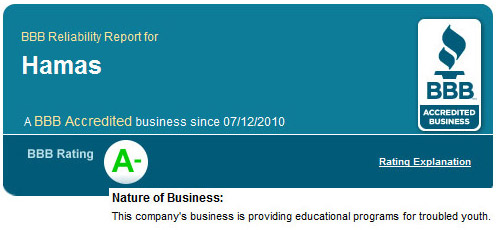It’s easy to imagine how a company moves to variable pricing. They follow the money. They test into it. They realize that the buying behavior of shoppers varies from day to day and hour to hour. Their analytics tells them that someone using Safari has higher average purchases than someone using Firefox. They know that visitors that come to their website after visiting certain websites are more or less price sensitive than if they come from other referring sites. And sometimes, they’ve even learned that it pays to increase prices based on repeat visits. In other words, on some sites, the best price you’ll ever get is the first one they show you. Shop around, come back, and you’ll pay more. (Sort of like a car salesman, who knows that if you come back, he’s got you, and he doesn’t have to lower his price to make the sale.)
Then a marketing manager or someone in the sales department makes the case that they can improve profits by harnessing all of this data into a variable pricing strategy. It’s hard to argue with the data.
So the company invests in a pricing engine or builds its own pricing algorithms and institutes variable pricing. And guess what? Profits go up. Sales go up because shoppers are getting deals created with their buying habits in mind. After all, it is an accepted rule of Internet marketing (and direct marketing before it) that the more relevant and personalized the offer, the better the response. And milking every extra dollar out of a sale (or, in some cases, many extra dollars) increases profits.
A slam dunk, right?
Anybody who remembers the relevance of that phrase knows where I’m going with this.
Pricing may seem like a commodity, but in fact, it is part of brand identity. As is the relationship a buyer has with a brand. And just to be clear, a retailer is a brand, too. Sure, Target sells brands, but it is also a brand. People shop at Target as opposed to Wal-Mart for many of the same reasons that they choose Land’s End over Old Navy.
If you found out that the person next to you in line paid less for the same sweater at Land’s End than you did, how satisfied with Land’s End would you be?
Some shoppers will be so upset they’ll never come back. And others will find out how to get the lower price, and then make sure they do that from now on.
Let’s call the first shopper a Brand Shopper. And the second a Price Shopper.
Price Shoppers are smart. They find coupon sites. They find discount codes. They follow blogs and Twitter feeds that promise to find and deliver the best prices. Some of them use bots or apps to notify them of the best prices on specific retailers and shopping aggregators.
And in many cases, price shoppers know that brand distinction isn’t as important as it used to be. As Seth Godin famously said, most products these days are “good enough.” In other words, the upcharge for a top brand isn’t always worth it, and price shoppers often know that.
If you are courting price shoppers, then you’re always in a pricing war where the shoppers are as well-armed as you are… sometimes better. And the competition can almost always undercut you… unless you’re the rock bottom price, in which case, you’re not varying your prices anyway. You’re Wal-Mart.
With variable pricing, price shoppers learn when to buy, and when not to buy. The profits you initially expected from this major segment wither away.
Now let’s look at Brand Shoppers, the core of your business. Your house list, so to speak. They love you. They swear by you. They only wear/drive/eat you. But it turns out, brand is about more than just quality, or value. Brand is emotional. Brand lets people willingly buy inferior products out of love, or a sense of belonging, or even habit. In other words, brand is like a relationship, the human kind.
And nobody likes to feel cheated on, or duped, or lied to, or made a fool of. When they do, they dump you like a bag of bread that’s gone moldy.
So what happens to your brand loyalists when they find out that you’re playing fast and loose with pricing and they get no benefit for being a loyal customer? Even worse, what happens when they find out that you’ll give a better discount to someone who’s never bought from you before, rather than they, who sing your praises, evangelize your brand to all who will listen, and buy whatever new product you throw at them?
So yeah, variable pricing looks great from inside the bubble. But can someone please explain to me the value of a brand in a world where we’re made to feel like chumps if we don’t outsource our shopping decisions to mindless shopping bots that always find us the best prices, regardless of source, regardless of emotion, regardless of loyalty?
Like I said. Slam dunk.





























































